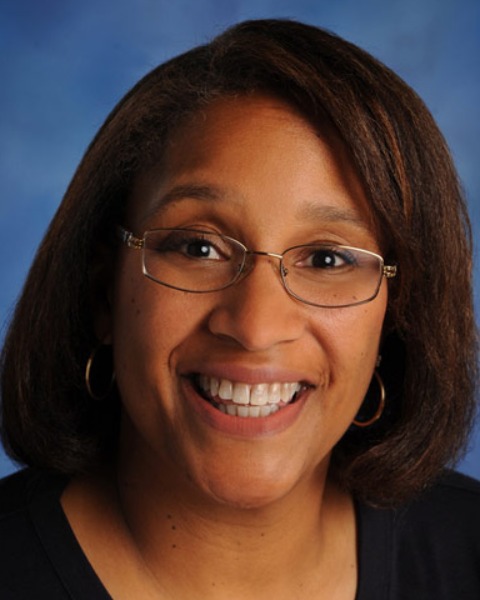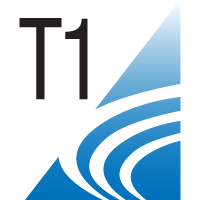Practice Management (PM)
LM322 - Getting Paid for What We Do: A Method to Elevate Audiology’s Value
.jpg)
Erin L. Miller, AuD
Professor of Instruction; Coordinator, Northeast Ohio AuD Consortium
The University of Akron
University of Akron
Akron, OhioDisclosure(s): No financial or nonfinancial relationships to disclose.

Annette A. Burton, AuD
Director
Easterseals Center for Better Hearing, ConnecticutDisclosure(s): No financial or nonfinancial relationships to disclose.
Lead Presenter(s)
Presenter(s)
The profession of audiology has struggled with a public image of high-priced hearing technology with no perceived value of the necessary services which help patients succeed. Additionally, many practices have tied much of their revenue to products and less to professional services, making audiology's value invisible to payers and patients. The lack of Current Procedural Terminology (CPT) codes, representing the professional work we perform and payer coverage for audiology services contribute to these challenges. This session will provide coding options audiologists should consider when providing non-covered audiology services or when CPT codes are not available for the service provided.
Summary:
What do you do when there is no CPT code available that represents the service or procedure you’ve provided for your patient? How do we elevate the value of the professional services we provide to payers and patients? Answers to these two important questions must be explored and shared to secure the future of the profession of audiology.
Audiologists recognize that most payers do not provide coverage for the entire scope of audiology practice. Some payers may cover medically necessary hearing and balance assessments but do not cover any treatment services. Others may cover some diagnostic and treatment services, but not all. Few, if any payers cover the assessment and management services provided by audiologists in many settings which include the professional’s clinical decision making, counseling and coordination of care. While audiologists appreciate this occurs, far too often these services are then provided at no charge or are bundled into the cost of the technology. When this approach is used, audiologists are contributing to the perception that technology is all that is required for patients to have positive outcomes. These current coding and billing methods often devalue and make invisible the necessary services provided by the audiology professional to create successful outcomes for our patients.
Like all healthcare professionals, audiologists must be fairly reimbursed for our time and expertise. This session will explore coding options audiologists should consider when providing non-covered audiology services or when CPT codes are not available for the service provided. Case-based options will be reviewed to address the breadth of audiology practice.
Learning Objectives:
- Describe alternative methods for coding audiology services that are not currently defined in the Current Procedural Terminology (CPT)™ code set.
- Summarize how coding for non-covered audiology services will enhance the visibility and value of audiology services to payers and patients.
- Implement examples provided into their practice to provide ethical and legal options for coding non-covered audiology services.

